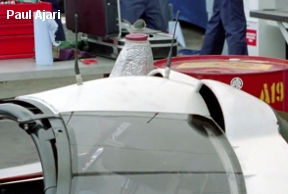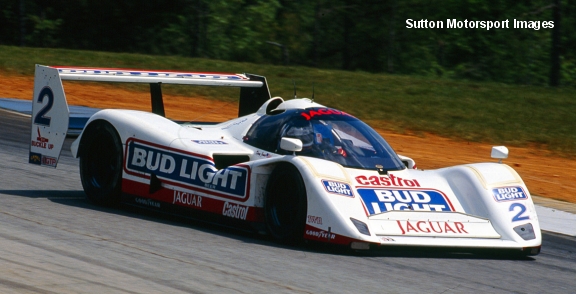- Login or Register
No account yet? Sign up


That is an interesting aspect I have not thought about. Do you think the air box will become very different?Giblet wrote:Also, the cars will no longer need large ram intakes they will impede on drag and frontal area.

It's not stupid at all, what is stupid is trying to stifle conversation under the guise 'who knows what engineers will do'.Byronrhys wrote:Speculating on the sound of them at this stage to me is stupid, we cant compare the previous turbo era with these one, different technology has come about and who knows what the engineers will do with these new engines, we don't even have that much spec on the engines.

That the rev limit is at 12000 rpm, does not mean that all engines will rev that high.Tumbarello wrote: Let your mind be at ease as a race engine revving at 12000 rpm is still going to be noisy as hell.

Do you know why other turbocharged formula like F2 or GP3 use them?Giblet wrote:I would say non existent. I don't have the capacity to figure it out math wise, but since the air gets sucked in, there is no need for a ram air intake. The TC cars just had a roll hoop.


They'll have a ram intake. The compressor works best with high velocity's at the orifice. Not having a ram intake would be a missed opportunity and will also drop engine power and responsiveness.Giblet wrote:I would say non existent. I don't have the capacity to figure it out math wise, but since the air gets sucked in, there is no need for a ram air intake. The TC cars just had a roll hoop.
The air could be sucked from somewhere where a small lower pressure area needed to be. There could also be a TC with a huge impeller and intake, geared to a smaller compressor side with a blow through, allowing a larger volume of air to be 'sucked' from somwhere.
There are definitely holes there for rules to be screwed with. It could all happen under the guise of cooling. Manchilds idea of a sucked rear wing upper surface could be the new fduct, only run from the TC impeller and not the engine.
The air volume might not be enough to bother with, but it'w worth exploring.




Lights on the car could also indicate when KERS and wing are activated. I agree, it would be great for fans at the track to have some indication of when these push-to-pass gimmicks are being used.WhiteBlue wrote:An 1.6L 12,000 rpm NA engine would not deliver 650 hp. So the turbo is kind of self evident. What I hate is this ambiguity regarding the other technical details. Thank god for having Craig Scarborough in the loop and giving us some insight last week. I'm kind of impressed by the 12,000 rpm/500 bar figure they have committed to. The boys at Bosch must be fairly busy with those injectors. We are now talking 313 nanoseconds injection time for those spray guided injectors. And going from 200 bar rails to 500 bar is no small feat either. Do we know any other company that might be working on such a project?alelanza wrote:Strange that the press release doesn't mention forced induction, are we supposed to assume that falls under the 'extensive energy management' item?

I think that this is a very real possibility, keeping the reduced cross section area of an I4 in mind.Formula None wrote: The more awkward shape of the I4 for a stressed member, along with the Audi R18 release has me wondering if anyone will attempt to go for a full carbon frame, with tubs joined top/bottom, leaving the engine/transmission unstressed or semi-stressed. The engine weight could be reduced, and you'd be replacing that material with CF in the chassis.
Not sure if there would be any weight savings in the end, but you might benefit in terms of engine reliability if it is more isolated from stresses acting on the chassis. FIA ultimately wants to get down to 4 engines/year, with 5/year spec'd for 2013, IIRC.


